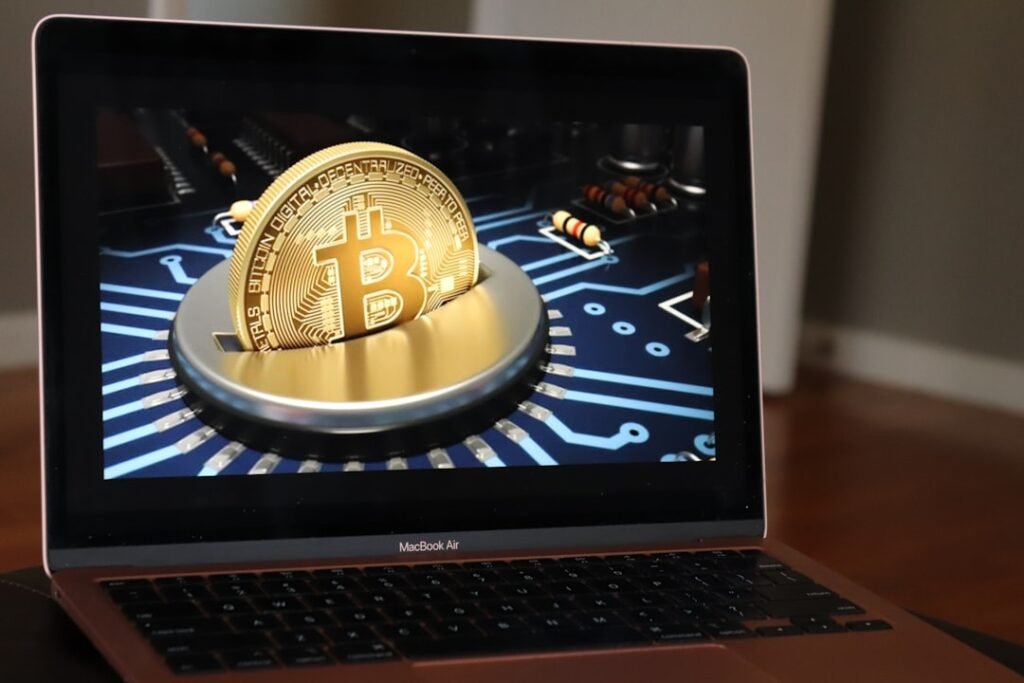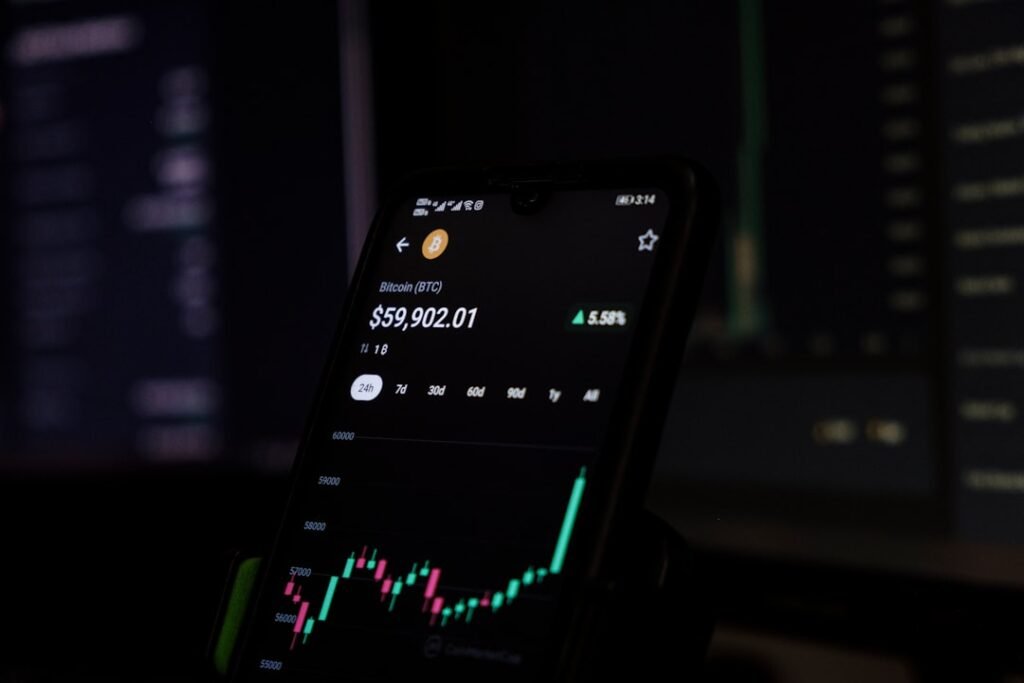In the expanding realm of Real-World Assets (RWA), tokenized U.S. government bonds have emerged as the most prominent category, characterized by high liquidity, stability, attractive yields, and growing institutional participation. This analysis, derived from an examination of 12 major tokenized U.S. Treasury products, delves into the operational frameworks, regulatory landscapes, and on-chain applications defining this $7.4 billion market.
Tokenization of U.S. Treasury bonds primarily involves digitizing shares of funds or money market funds that hold these bonds, rather than the bonds themselves. The process leverages transfer agents—financial institutions responsible for maintaining official shareholder records—by migrating their internal databases to a blockchain. This operational shift, while straightforward under existing securities laws, does not yet confer 100% legally guaranteed ownership of the underlying fund shares to token holders.
Three analytical frameworks were applied to understand these products:
1. **Token Overview:** This covers the issuing protocol, total supply, number of holders, minimum investment, and management fees. A low holder count often indicates restrictive securities regulations, such as requirements that investors be accredited or qualified purchasers, limiting the token’s utility in decentralized finance (DeFi).
2. **Regulatory Framework & Issuance Structure:** Products operate under a patchwork of global regulations. The most common framework in the U.S. combines Rule 506(c) of Regulation D with Section 3(c)(7) of the Investment Company Act, allowing public fundraising but restricting it to accredited investors. Other structures include SEC-registered money market funds (Rule 2a-7) for retail access, and offshore frameworks from the Cayman Islands and British Virgin Islands for international offerings. The issuance structure involves multiple entities: a fund entity, fund manager, investment manager, fund administrator, custodian, transfer agent, and auditor.
3. **On-Chain Application Scenarios:** Despite being digital securities, these tokens face significant limitations in DeFi due to compliance requirements, including mandatory KYC and whitelisted wallets. Their primary on-chain use is Business-to-Business (B2B); major DeFi protocols like Ethena and Ondo use tokens such as BlackRock’s BUIDL as collateral to issue stablecoins or create structured products, providing indirect retail exposure.
Key insights and limitations identified include:
– **Constrained Utility:** Regulatory compliance prevents permissionless use in DeFi.
– **Low Holder Counts:** Accreditation requirements drastically limit the investor pool.
– **B2B Focus:** Current on-chain utility is largely confined to institutional DeFi protocols.
– **Fragmented Regulation:** A lack of a unified, global regulatory standard creates complexity and hinders interoperability.
– **Absence of a Dedicated RWA Framework:** Current laws do not explicitly equate on-chain token ownership with legal ownership of the real-world asset.
– **Underutilized Cross-Chain Solutions:** While multi-chain issuance is common, robust cross-chain functionality for moving assets between networks is not yet widespread.
The tokenized U.S. Treasury market has experienced explosive growth, increasing 370% year-over-year, driven by institutional giants like BlackRock. However, for the sector to mature and achieve broader adoption, the development of clearer regulatory standards and enhanced cross-chain interoperability will be critical.












